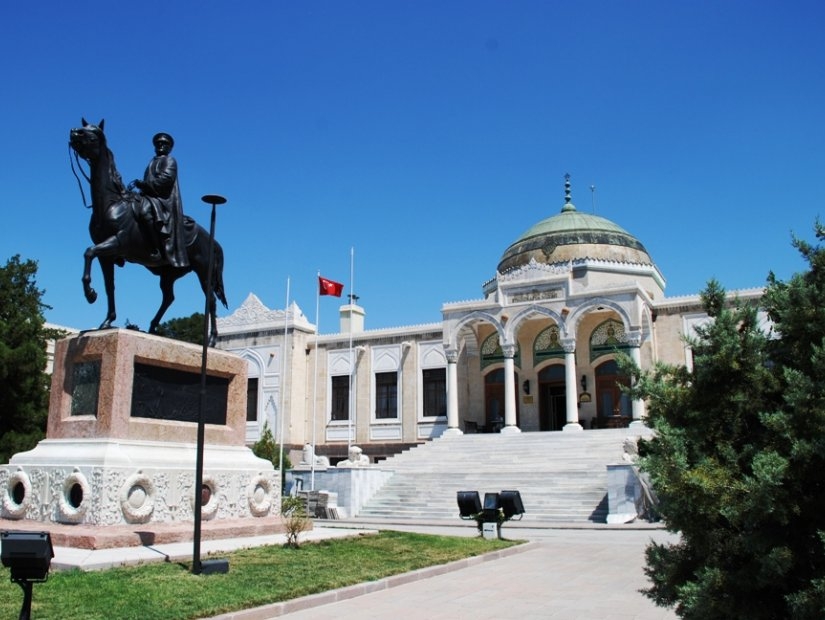Blog
Etnography Museum of Ankara
Etnography Museum of Ankara
Ankara Ethnography Museum is a museum in Hacettepe called Namazgah. It was one of the first structures to change the skyline of Ankara if you were the capital after the proclamation of the Republic. The Ethnography Museum, which was the first museum to open in the Republican period, is important in terms of temporarily hosting Ataturk's tomb until the monument was built. Since the 13th century, the museum, which bears traces of Turkish culture, is one of the places to visit.
What Does Ethnography Mean?
The word ethnography is the introduction of folkloric works that reflect the character, culture, and traditions of a nation and have been collected since ancient times. In this respect, the Ankara Ethnography Museum sheds light on the history of Turkish communities living in Anatolia for thousands of years.
What is on display at the Ethnography Museum?
It is useful to give information about the history of the museum before mentioning what is on display in the Ethnography Museum. The museum was built in 1925 and completed in 1927. The museum's architect, which was opened in 1930, is Arif Hikmet Koyunoglu. The structure, which is single domed, is accessed by a 28-step staircase. Then an open courtyard greets you. Different works are exhibited in each museum hall, divided into 12 halls. The works on display include traditional Turkish clothing, hand-woven carpets, rugs, manuscripts, tiles, mining artifacts, wooden artifacts, traditional weapons of war, and jewelry such as arrows, bows, and spears. The oldest work of the museum is the wooden throne of Seljuk Sultan Keyhüsrev III from the 13th century.
The Ethnography Museum is very centrally located in Ankara and can be reached from all over the city. You should visit the museum during your visit to Ankara.


